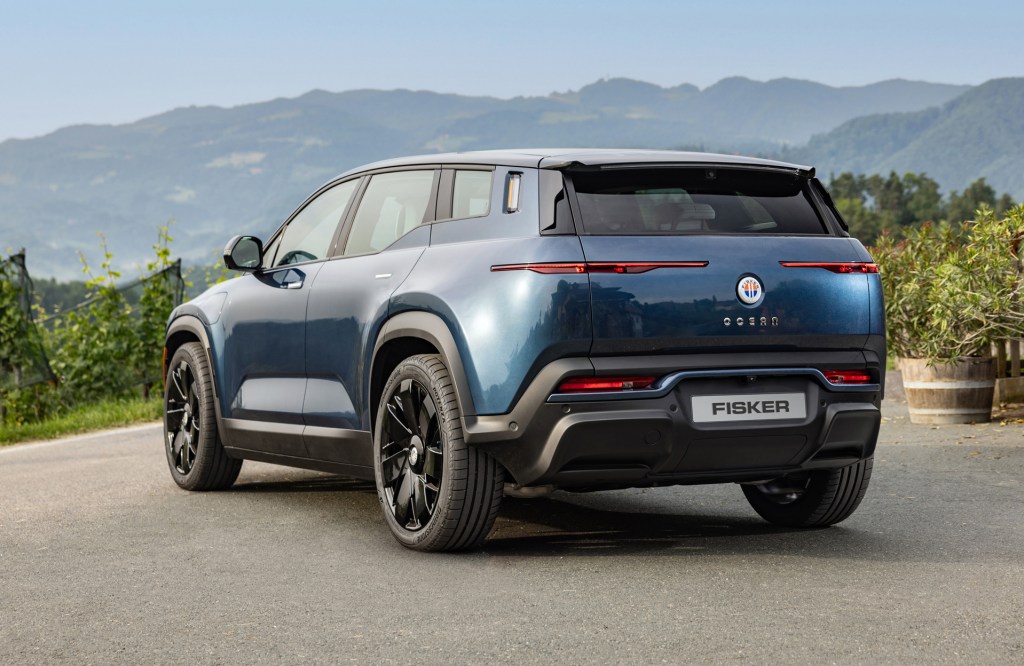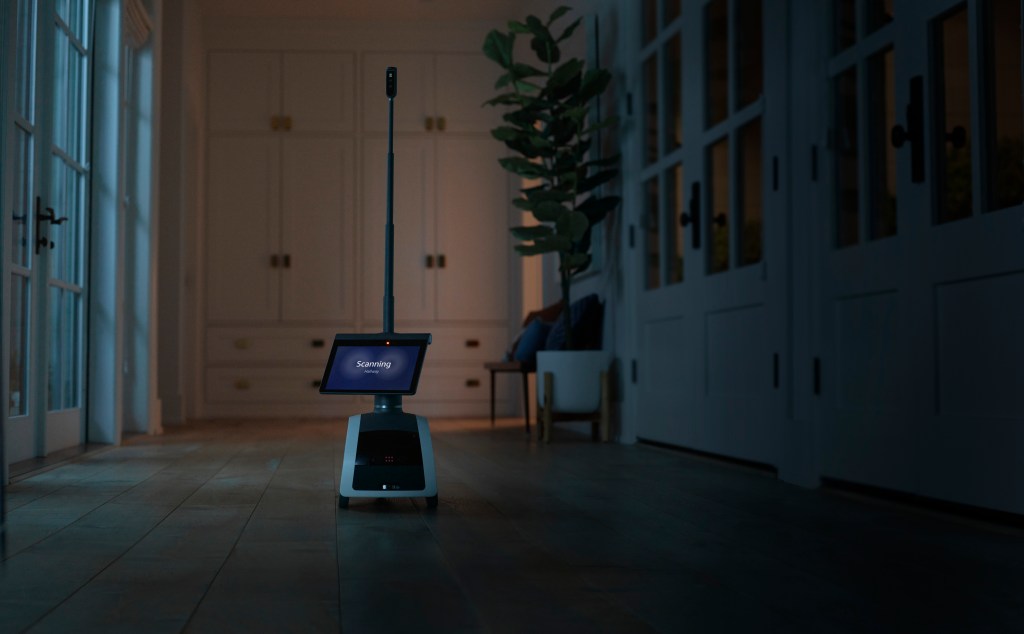General Motors’ Cruise is redeploying robotaxis in Phoenix after nearly five months of paused operations, the company said in a blog post. The catch? The cars will be in “manual mode,” so they won’t be driving themselves.
Cruise will resume manual driving of its autonomous vehicles to create maps and gather road information in certain cities, starting with Phoenix, the company said Tuesday. The GM subsidiary already had a presence in Phoenix before it pulled its entire U.S.-based fleet last year following an incident in San Francisco that left a pedestrian stuck under and dragged by a Cruise robotaxi.
Prior to that incident, Cruise had been announcing launches in new cities — including Dallas, Houston and Miami — at a startling pace. Critics accused the company of expanding too fast and cutting corners on safety.
Today, we’re taking an important next step in returning to our mission: we're reintroducing a small fleet of human-driven vehicles in select cities – starting in Phoenix. These vehicles will create maps and gather road information, a critical step for validating future…
— cruise (@Cruise) April 9, 2024
Now Cruise appears to be going back to basics, a sharp pivot away from the aggressive growth strategy the company has been pursuing for the last few years. In 2022, former Cruise CEO and co-founder Kyle Vogt — who stepped down amid last year’s controversy — told investors that Cruise had “de-risked the technical approach” by applying what worked well in San Francisco to similar ride-share markets.
In a blog post published Tuesday that reads like it could have been written in 2018, Cruise explains how it needs to first identify high-fidelity location data for road features and map information like speed limits and lane paint so that the AV can understand where it is in relation to its environment. The post then goes on to chart out how Cruise will eventually make it back to fully autonomous operations: slowly, supervised by humans, and with continuous validation of the technology.
All of these steps are part and parcel of building and expanding a self-driving car business, which leaves us wondering if Cruise is spelling out the obvious for the public’s benefit, or if its new safety team is scrapping its old technology and starting over?
A Cruise spokesperson declined to comment on the company’s strategy.
The October incident wasn’t the first time Cruise’s technology has caused problems. Even as Cruise expanded to new cities in the second half of 2023, its robotaxis were routinely malfunctioning in cities like San Francisco and Austin, disrupting the flow of traffic, public transit and first responders.
Technological issues aside, what really put Cruise in hot water late last year was its response to the incident. Regulators accused the company of withholding information about the crash, only sharing that a Cruise robotaxi ran over a pedestrian who had been flung into its path after first being struck by a human-driven vehicle. An internal report conducted by law firm Quinn Emanuel Urquhart & Sullivan and released in January confirmed that Cruise employees weren’t forthcoming with what happened after the Cruise vehicle ran over the pedestrian, only sharing days later that the robotaxi’s pullover maneuver resulted in the pedestrian being dragged for 20 feet.
The mishandling of the information resulted in parent company GM slashing spending and taking greater control of Cruise.
A big part of Cruise’s strategy moving forward, as outlined in Tuesday’s blog post, involves reforming and establishing updated incident response and crisis management protocols to ensure more efficient and transparent responses in the future. The company says it will also work on improved engagement with first responders to facilitate trainings in each precinct it plans to operate in.
Cruise has not announced when or where it will resume driverless operations. The company’s main operations were historically based in San Francisco, but Cruise lost its permits to operate there following the accident. Cruise began expanding its paid service area in the Phoenix area in August 2023. Alphabet’s Waymo — Cruise’s main competitor that’s still active in San Francisco — has operated a paid, driverless robotaxi service in the area since 2020 and last year doubled its service area in downtown Phoenix and launched driverless rides to the airport.































Comment